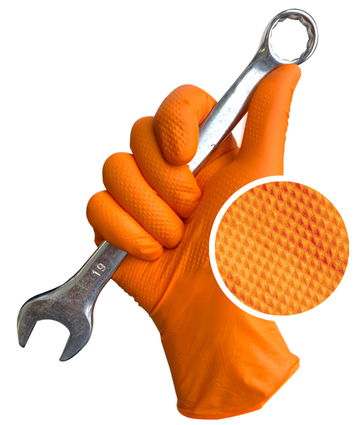Glove School With The Glove Experts - Lesson 3
What is dexterity and how does it relate to gloves?
Have you ever tried to tie your shoelaces with a bulky glove on? Sounds difficult…
If you remove the bulky gloves and try again it will be 1000x easier. That’s because you have more ability to move your hands. That is dexterity.
Dexterity is the ability to perform small, precise hand movements with accuracy. Tying your shoes typically requires an average level of hand control, with a big glove on, that level skyrockets.
Let’s get into the four factors that affect a glove’s dexterity. Keep reading.
1. Material Type - This Is Key
For nitrile disposable gloves, the nitrile formula decides how stretchy and dexterous the glove is.
On a material/reusable glove the decider is the material type. Which material is harder to stretch, leather or cotton? The easier one will typically provide more dexterity.
Note: restricting hand movements can be a safety feature, often the case for anti-vibration gloves.
2. Size - It Matters
A glove too small will restrict hand movements, too big and it will interfere with natural movements and most likely lead to hand fatigue. Find your perfect size.
3. Thickness - Find A Balance
The thickness of a glove is not the ultimate decider of its dexterity performance but is a good indicator. A thicker glove can limit dexterity compared to thinner gloves, but the stretchiness of the material is the key factor. A stretchy, agile glove will move with your hands for a skin-like feel.
4. Texture - For A Non-Slip Surface
If you need a dexterity boost, our Xtra Grip Nitrile Disposable Gloves are for you. Their raised texture enhances grip, helping you perform small movements that smooth gloves would slip on.
Dip coatings on reusable gloves offer similar benefits, enhancing grip without adding bulk.

